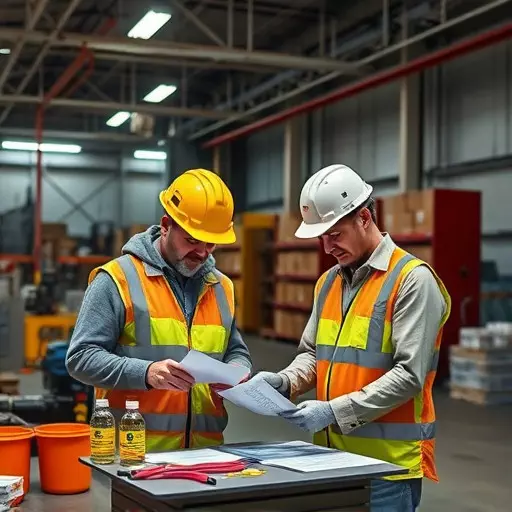Industrial hygiene consultants play a crucial role in mitigating lead exposure risks across industries with historical or current use of this toxic metal. They conduct thorough workplace hazard evaluations to assess employee exposures and ensure compliance with occupational exposure limits set by regulatory bodies. Regular monitoring, testing, sampling, and analyzing work environments help identify sources of lead exposure, implement control measures, track worker safety, and protect employees from the harmful effects of lead.
In today’s industrial landscape, lead exposure monitoring is paramount for ensuring worker safety and compliance with occupational exposure limits. Industrial hygiene consultants play a crucial role in navigating this complex issue, offering expertise in workplace hazard evaluation. This article delves into the significance of regular lead monitoring, exploring methods, regulations, and best practices to foster a safer, healthier work environment. By understanding these guidelines, employers can protect their workforce and minimize potential health risks associated with lead exposure.

Lead exposure is a significant concern in various industries, especially those with historical or ongoing use of this toxic metal. Industrial hygiene consultants play a crucial role in mitigating these risks by conducting comprehensive workplace hazard evaluations. They assess employee exposures and ensure compliance with occupational exposure limits set by regulatory bodies.
Regular monitoring and testing are essential components of an effective lead management program. These steps involve collecting samples from work environments, analyzing them for lead levels, and comparing the results against established standards. By doing so, industrial hygiene consultants help identify sources of exposure, implement control measures, and regularly track worker safety to protect employees from the harmful effects of lead.


